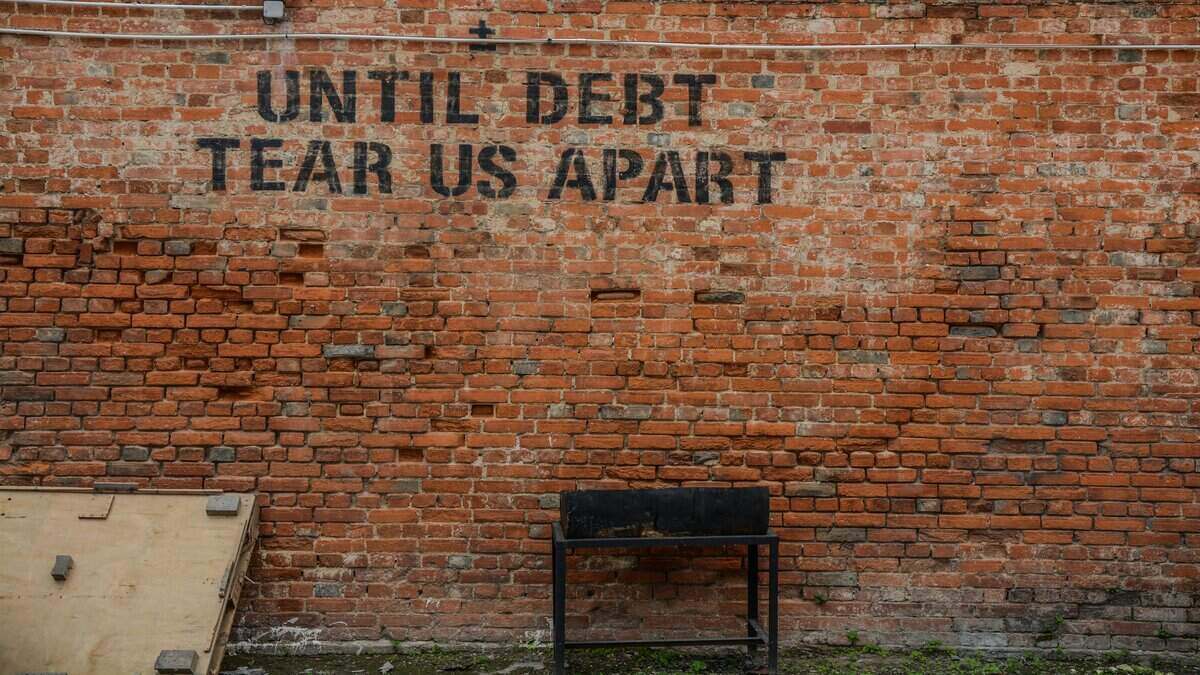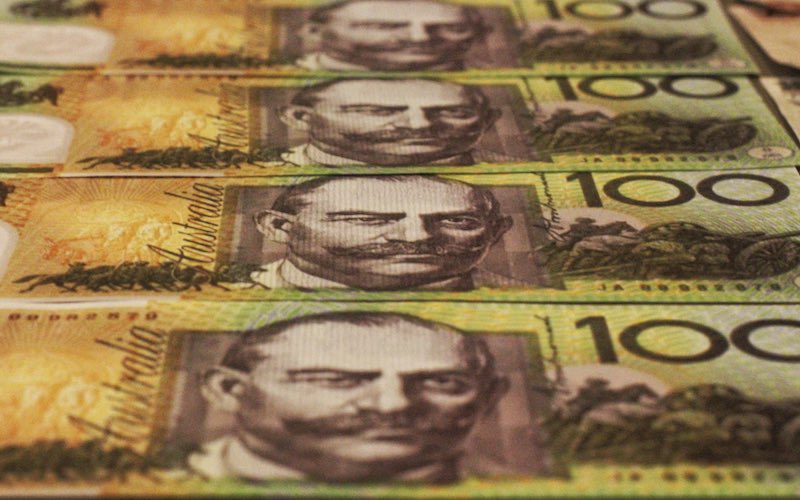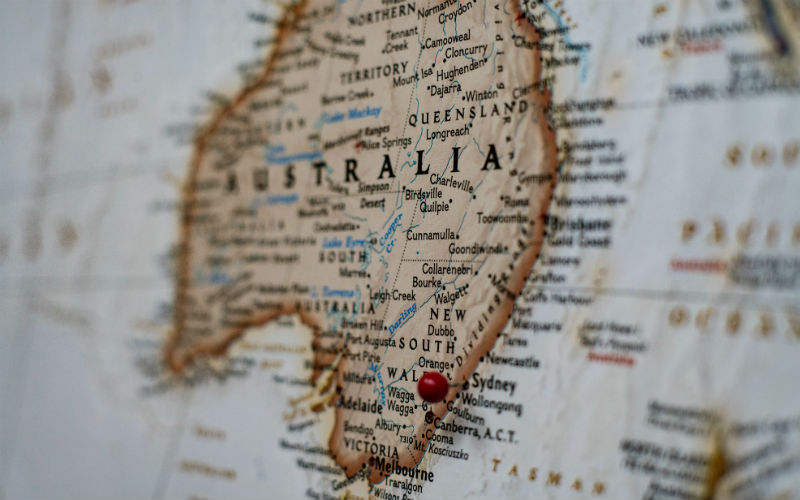A new report labels the rental market “a crisis that seems unfathomable for a country like Australia”.
Households earning the median income of around $110,000 can afford to rent the smallest share of advertised homes since records began in 2008, new PropTrack data shows.
Just 39% of rental properties advertised from July to December 2023 on realestate.com.au were affordable for a typical-income household spending 25% of their income on rent.
During the pandemic, median income households could afford 60% of advertised rentals nationally.
PropTrack’s rental affordability index analyses advertised rental data against income of prospective renters to measure affordability across income groups and locations.
Affordability bites nationally
Its 2024 Rental Affordability Report, released Saturday, has identified New South Wales, Tasmania, and Queensland as facing the worst affordability issues.
A median-income household could afford 28% of rentals advertised in New South Wales in the six months to December.
But it was low- and middle-income households facing the toughest conditions.
A household earning $49,000 a year – the bottom 20th percentile of income – can essentially afford no rental properties.
PropTrack senior economist Angus Moore said surging rents have driven substantial change from conditions before and during the pandemic.
“Rents nationally are up 38% since the start of the pandemic, which wages have not kept pace with,” he said.
“At the lower end of the income distribution, renting is extremely challenging.”
Lower-income households ‘locked out’
The report found low-income households earning around $49,000 could not afford any rentals advertised in 2023-24.
It also noted rents have grown fastest for lower-priced properties, with cost-of-living pressures pushing renters to search for more affordable rentals at the bottom end of the market.
This increased demand has seen rents for the cheapest end of the market soar 43% on pre-pandemic levels, from around $280 to $400 a week.
This compares to a 30% hike in rents at the highest end of the market over the same period.
The research is in line with a Suburbtrends report this week that found renters at the lower end of the market were being displaced by higher-earning renters searching for better affordability.
“This highlights the importance of rental support for low-income renters, such as Commonwealth Rent Assistance,” Mr Moore said.
“Without support, renting would be effectively impossible for many of these households.”
Even households on $67,000 a year, the bottom 30th income percentile, could afford just 3% of rentals.
NSW worse for affordability
New South Wales remains the least affordable state to rent in, driven largely by Sydney, which remains the most expensive rental market in Australia.
Victoria is the most affordable state.
Median advertised rents in Melbourne came in at $550 a week, $50 lower than Brisbane and Perth and $150 a week lower than Sydney.
Meantime, Queensland and South Australia have recorded their worst rental affordability since records began with a decline in Western Australia and a slight improvement in the tight Tasmanian rental market.
How can the rental crisis be fixed?
A foreword to the report by PropTrack owner REA Group said improving affordability will require improving housing availability, calling for secure and affordable housing to be a national priority.
“Longer term, increasing the availability and supply of rentals is critical to improving affordability,” it said.
Mr Moore, the report's co-author, agreed that building more homes is key.
“Rents are growing quickly because rentals are extremely scarce at the moment, with incredibly low rental vacancy rates around the country.
"The only way to solve that, sustainably over the long term, is to have more rentals where people want to live. And that means building more homes.”
The national rental vacancy rate fell to an all-time low of 0.7%, according to Domain’s Vacancy Rates report, released this week.
A ‘multipronged approach’ needed
Last week, prominent property market researcher Louis Christopher, founder and managing director of SQM Research, said the rental market was “absolutely a crisis”.
He told The Savings Tip Jar podcast the federal government needed to take a multipronged approach including bringing down migration, increasing new housing supply, and changing the taxation regime.
View this post on Instagram
Mr Christopher said the tax changes needed to involve negative gearing to increase investors’ rental yields, a revamp of stamp duty so people weren’t discouraged from moving to more suitable homes, and a land tax to encourage development of vacant land.
Analysts agree the current rental crisis had its roots in the pandemic which changed Australians’ living and working conditions.
It’s since been fuelled by post-pandemic record migration, inflation, and rising interest rates with public and social housing unable to cater for the fallout from the private rental market.
A recent InfoChoice Rent Crisis survey saw an overwhelming majority of respondents (96.2%) agreeing the government should do more to help renters through the crisis.
Image by Cheron James on Unsplash

Ready, Set, Buy!
Learn everything you need to know about buying property – from choosing the right property and home loan, to the purchasing process, tips to save money and more!
With bonus Q&A sheet and Crossword!



 Harry O'Sullivan
Harry O'Sullivan
 Harrison Astbury
Harrison Astbury









